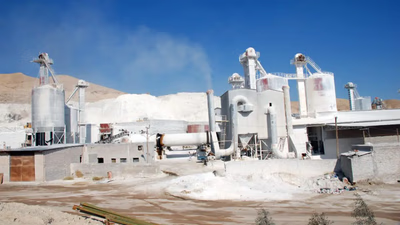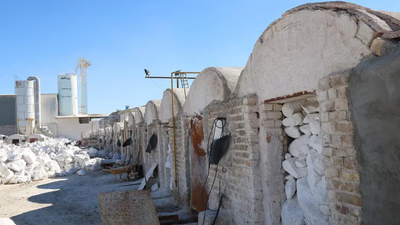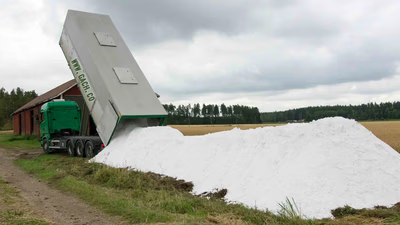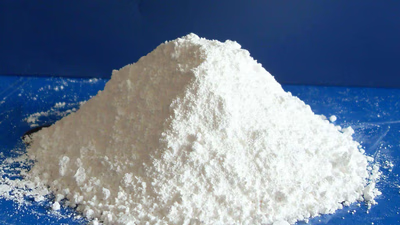
Plaster"s historical significance spans ancient civilizations to modern construction. "
The use of gypsum and plaster dates back thousands of years, with evidence of its use in ancient civilizations. Ancient Egypt: Gypsum was commonly used by the ancient Egyptians in construction. They utilized gypsum plaster for various purposes, including coating the walls of tombs, temples, and palaces. The Egyptians also used gypsum as a bonding agent in the construction of the pyramids. Both ancient Greek and Roman civilizations used gypsum plaster extensively in their buildings. The Greeks used plaster to create decorative elements, such as moldings and sculptures. The Romans developed advanced techniques for using gypsum in construction, including the invention of lime-gypsum plaster, which improved the strength and durability of structures.
Gypsum plaster continued to be used during the Middle Ages, particularly in Europe. It was employed in the construction of castles, churches, and cathedrals. The technique of casting decorative plasterwork, known as stucco, became popular during this period. Gypsum plasterwork reached its peak during the Renaissance and Baroque periods. Elaborate and intricate plaster decorations adorned palaces, mansions, and churches. Plaster artists and craftsmen developed sophisticated techniques to create ornate designs and elaborate ceiling decorations known as plasterwork or stucco.
Evidence shows that some of gypsum works antiquity left on the Anatolian Plateau and Syria, date back to 9000 years ago. It has also been proven that the Sumerian, Assyrian, Egyptian, Greek and Roman civilizations that ruled in the adjacent areas certainly interacted with each other and used plaster as a building material. The most popular and important cases of using gypsum in that period were making special kinds of charms and sculptures. In ancient civilizations, a kind of plaster was used which is called Alabaster. The large statues of winged cows belonging to the Assyrian civilization, which are made of gypsum are now available in London.
In the United States, Pennsylvania was the first state to use plaster extensively to improve soil conditions. In the beginning, adding plaster to oats at a rate of 210 to 550 kg /per hectare has significantly increased the efficacy. plaster lightens the soil, increases soil permeability and drainage, increases plant resistance to stress, especially drought. Adding raw plaster causes soil stability and sustainable agriculture development, especially in very Impressive soil and water conditions of pistachio-prone areas. In the United States, about 30 different types of fertilizer products (plaster base) are extracted from raw plaster under different names, and each has its own unique application.
Today, gypsum and plaster products are integral to the construction industry, providing fire resistance, sound insulation, and a smooth surface for finishing. They are utilized in residential, commercial, and industrial buildings, as well as in art and restoration projects. The versatility and durability of gypsum and plaster have ensured their continued use in various applications. Plaster (or gypsum) is used in the construction and many other industries, but the main use of gypsum is in the construction industry. In the following, we will examine the uses of Plaster in variety of industries and briefly explain each of them.
The Industrial Revolution in the 18th and 19th centuries brought advancements in the production of gypsum and plaster. The process of calcining gypsum to create plaster of Paris was refined, and it became more widely available as a building material. Gypsum plaster became popular for creating smooth and decorative interior walls. Gypsum plaster continued to be used extensively in construction throughout the 20th century and into the present day. The development of gypsum board, commonly known as drywall or plasterboard, revolutionized the construction industry. Gypsum board consists of a gypsum core sandwiched between paper facings and is widely used for interior walls and ceilings.
-

Plaster and gypsum play a crucial role in the construction industry, primarily for interior wall and ceiling finishing. Gypsum plaster, or plaster of Paris, is mixed with water to create a smooth paste that can be applied to surfaces, providing an even base for painting or decorative finishes. It is also used for creating intricate decorative elements like moldings and cornices, enhancing the aesthetic appeal of spaces. In restoration projects, plaster helps replicate historic designs and repair damaged surfaces. Gypsum boards, commonly known as drywall, are widely utilized as an alternative to traditional plaster applications due to their ease of installation and fire-resistant properties. They contribute to soundproofing and thermal insulation in various settings such as theaters and conference rooms. Plaster can be applied over masonry surfaces to improve durability and weather resistance while offering a visually appealing finish. Additionally, modern construction often employs metal frameworks for interior walls where plaster can be directly applied.
The versatility of gypsum extends beyond construction; it is also significant in the cement industry for enhancing adhesion. Overall, plaster"s multifaceted applications make it indispensable in both new constructions and renovations. "
-

Plaster is a versatile material with significant applications across various industries, particularly in construction, agriculture, and healthcare. In the construction sector, plaster is primarily used for interior finishing, decorative elements, and creating plasterboard panels. Its role extends to the medical field where Plaster of Paris is utilized for making casts and dental molds. In agriculture, gypsum plaster improves soil structure and fertility, enhancing drainage and nutrient uptake while reducing soil compaction. It also plays a crucial role in reclaiming sodic soils and providing essential nutrients like calcium and sulfur to crops. The historical use of plaster in agriculture dates back over 250 years, yet its potential remains underutilized in certain regions like pistachio gardens. Additionally, plaster finds applications in industrial settings such as metal casting and ceramics, where it is used to create molds for intricate designs. Artists also favor plaster for its workability in sculpture creation.
Overall, plaster"s multifaceted uses highlight its importance across diverse sectors. "
-

Gypsum is a versatile mineral with applications across various industries, including agriculture, construction, healthcare, and manufacturing. In agriculture, it serves as a soil amendment that enhances soil structure and nutrient availability by providing essential calcium and sulfur. The construction industry utilizes gypsum in cement production to control setting times and improve the durability of concrete products. Additionally, gypsum is integral in creating plaster molds for ceramics and metal casting, as well as in producing lightweight concrete blocks. In healthcare, gypsum is used for dental molds and medical bandages due to its purity requirements. The food industry benefits from gypsum"s role in sugar production and beverage clarification. Furthermore, gypsum finds applications in the glass industry to regulate melt viscosity and in the petrochemical sector as a drying agent. Its use extends to the paper and paint industries for transparency enhancement and as a filler material. Gypsum"s adaptability makes it an essential component across multiple sectors, highlighting its importance in trade within the Middle East and West Asia.
-

Gypsum and plaster have been utilized for thousands of years, with significant applications in ancient civilizations such as Egypt, Greece, and Rome. The Egyptians used gypsum plaster for tombs and temples, while the Greeks and Romans advanced its use in decorative elements and construction techniques. During the Middle Ages, plasterwork became prominent in Europe, especially in castles and churches. The Renaissance saw a peak in elaborate plaster decorations. Evidence of gypsum use dates back to 9000 years ago in regions like Anatolia and Syria, showcasing its historical significance across various cultures. In modern times, gypsum remains crucial in construction for its fire resistance and sound insulation properties. The Industrial Revolution enhanced gypsum production methods, leading to the widespread adoption of drywall or plasterboard. Today, gypsum products are integral to residential, commercial, and industrial applications.
-

Gypsum plaster, or plaster of Paris, is derived from the mineral gypsum, a soft sulfate mineral composed of calcium sulfate dihydrate. This material is created by heating gypsum to eliminate water content, resulting in a dry powder that rehydrates when mixed with water. It forms a durable paste suitable for application on walls and ceilings. Gypsum is widely available globally, with major production in countries like the United States, China, and Iran. Building supply stores typically stock gypsum products in various forms, including powder and pre-mixed bags. Gypsum plaster is favored in construction for its smooth finish and fire-resistant properties but should not be used in moisture-prone areas due to deterioration risks. Its unique rehydration ability allows for easy repairs and adjustments. Online retailers also offer gypsum products, making it accessible for various construction needs. For bulk purchases or direct sourcing, contacting local mining companies or suppliers can be beneficial.





